Vadim Neselovskyi - Odesa (2022) [Hi-Res]
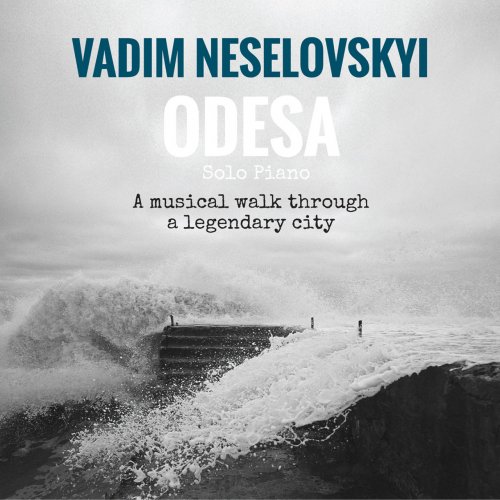
Artist: Vadim Neselovskyi
Title: Odesa
Year Of Release: 2022
Label: Sunnyside Records
Genre: Jazz
Quality: Mp3 320 kbps / FLAC (tracks) / 24bit-96kHz FLAC (tracks)
Total Time: 55:21
Total Size: 130 / 187 / 979 MB
WebSite: Album Preview
Tracklist:Title: Odesa
Year Of Release: 2022
Label: Sunnyside Records
Genre: Jazz
Quality: Mp3 320 kbps / FLAC (tracks) / 24bit-96kHz FLAC (tracks)
Total Time: 55:21
Total Size: 130 / 187 / 979 MB
WebSite: Album Preview
1. Intro to Odesa Railway Station (0:51)
2. Odesa Railway Station (5:05)
3. Winter in Odesa (5:12)
4. Potemkin Stairs (5:18)
5. Acacia Trees (6:23)
6. Waltz of Odesa Conservatory (4:08)
7. Odesa 1941 (5:44)
8. Intro to Jewish Dance (1:24)
9. Jewish Dance (4:13)
10. Interlude 1 (1:00)
11. My First Rock Concert (8:00)
12. Interlude 2 (1:07)
13. The Renaissance of Odesa (7:04)
The world at large has been inundated with news from the recent Russian incursion into the country of Ukraine. While the storms of war gather, pianist and composer Vadim Neselovskyi chooses to remind people of the country’s beauty and cultural legacy. More specifically, Neselovskyi looks to his hometown on the Black Sea to inspire his new solo recording, Odesa: A Musical Walk Through a Legendary City.
Neselovskyi was born in Odesa in 1977 during the Brezhnev years (commonly referred to as the “Period of Stagnation”). He was still a child when Gorbachev came to power in 1985 and was just 14 years old when the Soviet Union collapsed in 1991. Neselovskyi was a child musical prodigy who became the youngest person accepted in the Odesa Conservatory. Though he began in the classical world, Neselovskyi became infatuated with jazz music via sailors passing along recordings. He would soon move on to Germany and further to Berklee College of Music in Boston to continue his studies.
Over the years, Neselovskyi continued his ascendancy in the jazz world, performing alongside his mentor Gary Burton during the vibist’s last decade as a recording artist. Burton also became one of the main supporters of Neselovskyi as a composer, recording and performing Neselovskyi’s compositions together with Julian Lage and Antonio Sanchez. Neselovskyi also released a number of albums as a leader and as a partner with French horn and Alphorn master Arkady Shilkloper. Neselovskyi recently began to explore his Jewish musical roots in collaboration with John Zorn on the eclectic composer’s own Tzadik label, recording a duo with Craig Taborn.
Though he regularly returned to Ukraine to perform, Neselovskyi began to be increasingly involved in the plight that Russia inflicted on his country. At the height of the Crimean conflict in 2014, the pianist led his trio at the Lviv Jazz Festival bringing tears to an audience affected by the recent news of a downed Ukrainian aircraft. In 2015, Neselovskyi performed at Berklee’s Concert for Ukraine.
The pianist’s musical prowess grew at the same rate as his political involvement. Neselovskyi’s solo piano style began to evolve further after he was able to experience his first commission as an orchestral composer, an adaption of his “Spring Song” for the Lancaster Music Festival. For his solo piano work, he began to utilize the same writing tools that he used for his orchestral work, namely the use of computer-based notation and sequencing programs, then filtering the pieces until he could play them using just his two hands on the piano keyboard. This allowed for an expansive and highly orchestrated approach to solo compositions, pushing beyond the limits of ordinary conventional piano textures.
In 2019, it was suggested to Neselovskyi by his new agent that he tell the story of the city of Odesa through music, as there wasn’t another musician who could do it better. The enticing idea kept Neselovskyi awake at night, as he began to formulate the best method to approach the task.
Neselovskyi began to envision the project like a theater piece, allowing for the audience to have full immersion in the work. He wanted the music to create an atmosphere that put listeners into his experience of his beloved home. Neselovskyi knew he was on the right track when he received the approval of his father, a living embodiment of Odesite demeanor and humor, as he listened to a finished piece just prior to his passing in 2019.
The recording of Odesa was made in the acoustically astonishing Sendesaal in Bremen, Germany. Neselovskyi had made an impression on Jazzahead and Radio Bremen’s Peter Schulze on an earlier tour date.
When Neselovskyi approached Schulze about the Odesa project, Schulze offered the pianist an opportunity of three days in the Sendesaal, two to record alone on stage with the hall’s exquisite piano and the third as the Sendesaal’s first in-person concert after the initial pandemic lockdown. The performance was also broadcast on Radio Bremen.
The pianist looked to Modest Mussorgsky’s Pictures at an Exhibition as inspiration for the programming of Odesa. He decided to lead listeners through his Odesa, from the history he learned, his personal recollections and observations, and his dreams.
The program begins with a dramatic arrival at “Odesa Railway Station,” the chugging rhythm lending to Neselovskyi’s lyrical melody, with strong elements of the bittersweet irony that Odesa is known for. It slows to a moving introductory rhapsody, the meaning of which is a train derailment (a symbolic interruption of the journey) and then an effort to rise up and continue. “Winter In Odesa” captures the delicate, shimmery beauty of the ice-covered city, while the insistent “Potemkin Stairs” captures the impression of Odesa’s most well-known landmark, featured in Eisenstein’s classic film, Battleship Potemkin, as the majestic stairs lead to a churning Black Sea. The delicate “Acacia Trees” brings to mind the white acacia, the symbol of Odesa, blowing in the breeze, a faint trace of local composing great Isaac Dunaevsky’s “White Acacia” discernible from the City Hall clock tower.
The capricious “Waltz of Odesa Conservatory” is a wistful autobiographical sound poem that follows the very young Neselovsky’s acceptance to the Odesa Conservatory and the winding path he danced through those years. The next three pieces represent a suite within a suite and are dedicated to the Jewish population who made Odesa what it was. “October 1941” is a somber, harrowing piece expressing indignation for the slaughter of the Jewish population of Odesa by Romanian troops under the ultimate command of Hitler. The theme from “Jewish Dance” partially quotes a lullaby remembered by Neselovskyi’s mother sung to her by her father, though Neselovskyi could never find its source. Neselovskyi sped up the melody to create a lively dance.
Another autobiographical piece, “My First Rock Concert” recalls Neselovskyi’s nascent interest in popular music during the collapse of the Soviet Union. He attended a concert by the legendary Russian rock star Victor Tsoy, who was a voice and symbol for change during the late 1980s, echoes of Tsoy’s anthem “Blood Type” can be heard in the moving climax of the piece. The recording concludes with “The Renaissance of Odesa,” a wistful piece with the prayer that Odesa will be able to rebuild after the last 80 years of tumult and survive its pressing current threat.
Generations of Odesa and Ukraine residents have witnessed strife and hardships. Vadim Neselovskyi chooses to remember the beauty of the place where he was born rather than the darkness and obstacles. Odesa: A Musical Walk Through a Legendary City is a truly magnificent, singular tribute to the pearl of the Black Sea.
Neselovskyi was born in Odesa in 1977 during the Brezhnev years (commonly referred to as the “Period of Stagnation”). He was still a child when Gorbachev came to power in 1985 and was just 14 years old when the Soviet Union collapsed in 1991. Neselovskyi was a child musical prodigy who became the youngest person accepted in the Odesa Conservatory. Though he began in the classical world, Neselovskyi became infatuated with jazz music via sailors passing along recordings. He would soon move on to Germany and further to Berklee College of Music in Boston to continue his studies.
Over the years, Neselovskyi continued his ascendancy in the jazz world, performing alongside his mentor Gary Burton during the vibist’s last decade as a recording artist. Burton also became one of the main supporters of Neselovskyi as a composer, recording and performing Neselovskyi’s compositions together with Julian Lage and Antonio Sanchez. Neselovskyi also released a number of albums as a leader and as a partner with French horn and Alphorn master Arkady Shilkloper. Neselovskyi recently began to explore his Jewish musical roots in collaboration with John Zorn on the eclectic composer’s own Tzadik label, recording a duo with Craig Taborn.
Though he regularly returned to Ukraine to perform, Neselovskyi began to be increasingly involved in the plight that Russia inflicted on his country. At the height of the Crimean conflict in 2014, the pianist led his trio at the Lviv Jazz Festival bringing tears to an audience affected by the recent news of a downed Ukrainian aircraft. In 2015, Neselovskyi performed at Berklee’s Concert for Ukraine.
The pianist’s musical prowess grew at the same rate as his political involvement. Neselovskyi’s solo piano style began to evolve further after he was able to experience his first commission as an orchestral composer, an adaption of his “Spring Song” for the Lancaster Music Festival. For his solo piano work, he began to utilize the same writing tools that he used for his orchestral work, namely the use of computer-based notation and sequencing programs, then filtering the pieces until he could play them using just his two hands on the piano keyboard. This allowed for an expansive and highly orchestrated approach to solo compositions, pushing beyond the limits of ordinary conventional piano textures.
In 2019, it was suggested to Neselovskyi by his new agent that he tell the story of the city of Odesa through music, as there wasn’t another musician who could do it better. The enticing idea kept Neselovskyi awake at night, as he began to formulate the best method to approach the task.
Neselovskyi began to envision the project like a theater piece, allowing for the audience to have full immersion in the work. He wanted the music to create an atmosphere that put listeners into his experience of his beloved home. Neselovskyi knew he was on the right track when he received the approval of his father, a living embodiment of Odesite demeanor and humor, as he listened to a finished piece just prior to his passing in 2019.
The recording of Odesa was made in the acoustically astonishing Sendesaal in Bremen, Germany. Neselovskyi had made an impression on Jazzahead and Radio Bremen’s Peter Schulze on an earlier tour date.
When Neselovskyi approached Schulze about the Odesa project, Schulze offered the pianist an opportunity of three days in the Sendesaal, two to record alone on stage with the hall’s exquisite piano and the third as the Sendesaal’s first in-person concert after the initial pandemic lockdown. The performance was also broadcast on Radio Bremen.
The pianist looked to Modest Mussorgsky’s Pictures at an Exhibition as inspiration for the programming of Odesa. He decided to lead listeners through his Odesa, from the history he learned, his personal recollections and observations, and his dreams.
The program begins with a dramatic arrival at “Odesa Railway Station,” the chugging rhythm lending to Neselovskyi’s lyrical melody, with strong elements of the bittersweet irony that Odesa is known for. It slows to a moving introductory rhapsody, the meaning of which is a train derailment (a symbolic interruption of the journey) and then an effort to rise up and continue. “Winter In Odesa” captures the delicate, shimmery beauty of the ice-covered city, while the insistent “Potemkin Stairs” captures the impression of Odesa’s most well-known landmark, featured in Eisenstein’s classic film, Battleship Potemkin, as the majestic stairs lead to a churning Black Sea. The delicate “Acacia Trees” brings to mind the white acacia, the symbol of Odesa, blowing in the breeze, a faint trace of local composing great Isaac Dunaevsky’s “White Acacia” discernible from the City Hall clock tower.
The capricious “Waltz of Odesa Conservatory” is a wistful autobiographical sound poem that follows the very young Neselovsky’s acceptance to the Odesa Conservatory and the winding path he danced through those years. The next three pieces represent a suite within a suite and are dedicated to the Jewish population who made Odesa what it was. “October 1941” is a somber, harrowing piece expressing indignation for the slaughter of the Jewish population of Odesa by Romanian troops under the ultimate command of Hitler. The theme from “Jewish Dance” partially quotes a lullaby remembered by Neselovskyi’s mother sung to her by her father, though Neselovskyi could never find its source. Neselovskyi sped up the melody to create a lively dance.
Another autobiographical piece, “My First Rock Concert” recalls Neselovskyi’s nascent interest in popular music during the collapse of the Soviet Union. He attended a concert by the legendary Russian rock star Victor Tsoy, who was a voice and symbol for change during the late 1980s, echoes of Tsoy’s anthem “Blood Type” can be heard in the moving climax of the piece. The recording concludes with “The Renaissance of Odesa,” a wistful piece with the prayer that Odesa will be able to rebuild after the last 80 years of tumult and survive its pressing current threat.
Generations of Odesa and Ukraine residents have witnessed strife and hardships. Vadim Neselovskyi chooses to remember the beauty of the place where he was born rather than the darkness and obstacles. Odesa: A Musical Walk Through a Legendary City is a truly magnificent, singular tribute to the pearl of the Black Sea.
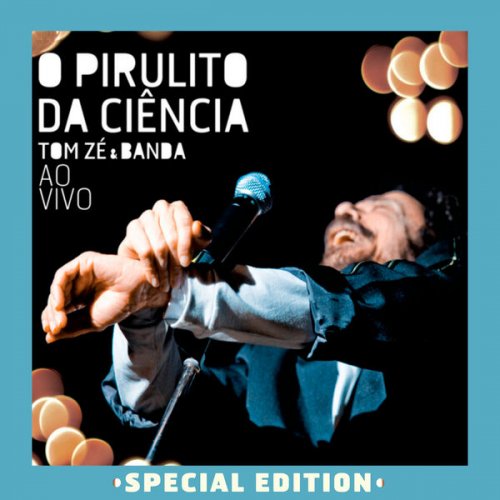
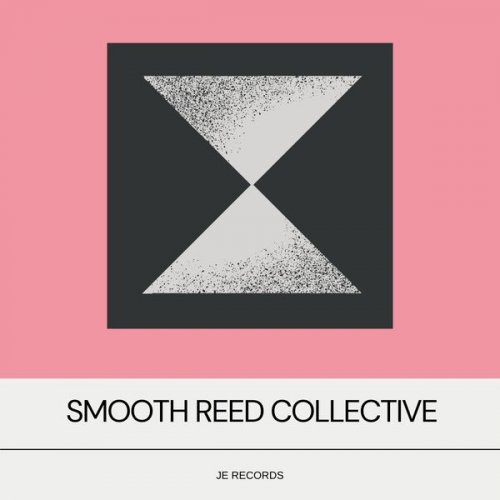
![Mark Northam - More Music From The Pixar Films For Solo Piano (2025) [Hi-Res] Mark Northam - More Music From The Pixar Films For Solo Piano (2025) [Hi-Res]](https://img.israbox.com/img/2025-12/17/qc8ci6ocl25zt4m9ojnjn3k2k.jpg)
![Don Cherry, Nana Vasconcelos & Collin Walcott - Codona (1979/2025) [Hi-Res] Don Cherry, Nana Vasconcelos & Collin Walcott - Codona (1979/2025) [Hi-Res]](https://www.dibpic.com/uploads/posts/2025-12/1765970766_cover.jpg)

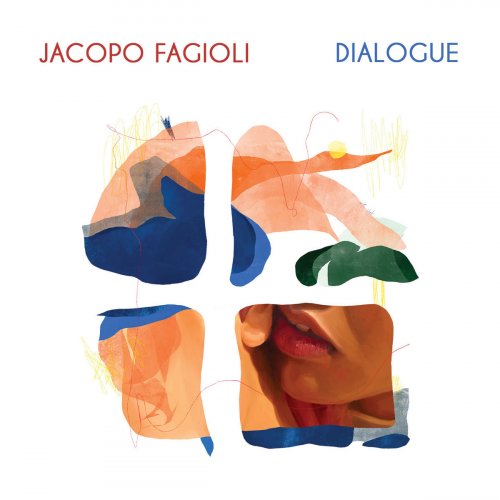

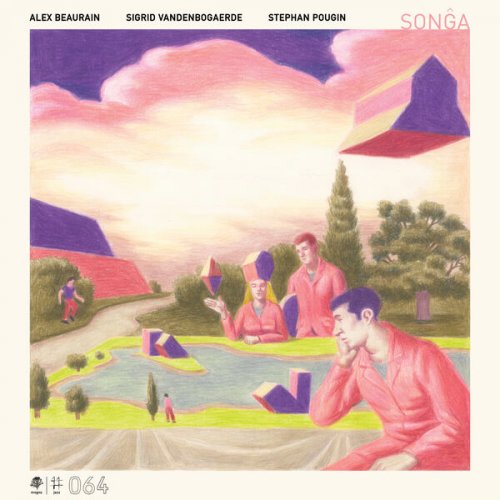
![Dave Bainbridge - ON THE EDGE (OF WHAT COULD BE) (2025) [Hi-Res] Dave Bainbridge - ON THE EDGE (OF WHAT COULD BE) (2025) [Hi-Res]](https://img.israbox.com/img/2025-12/18/7l4en830rpyaxdtr7izc3qrx6.jpg)